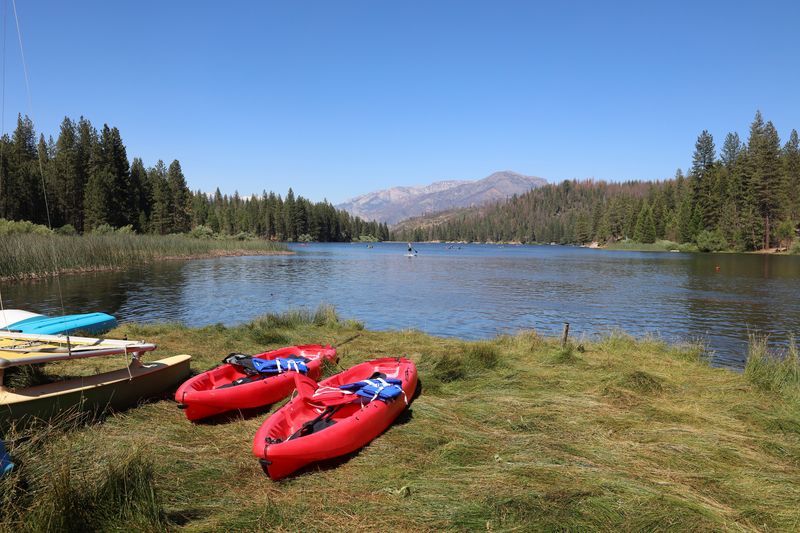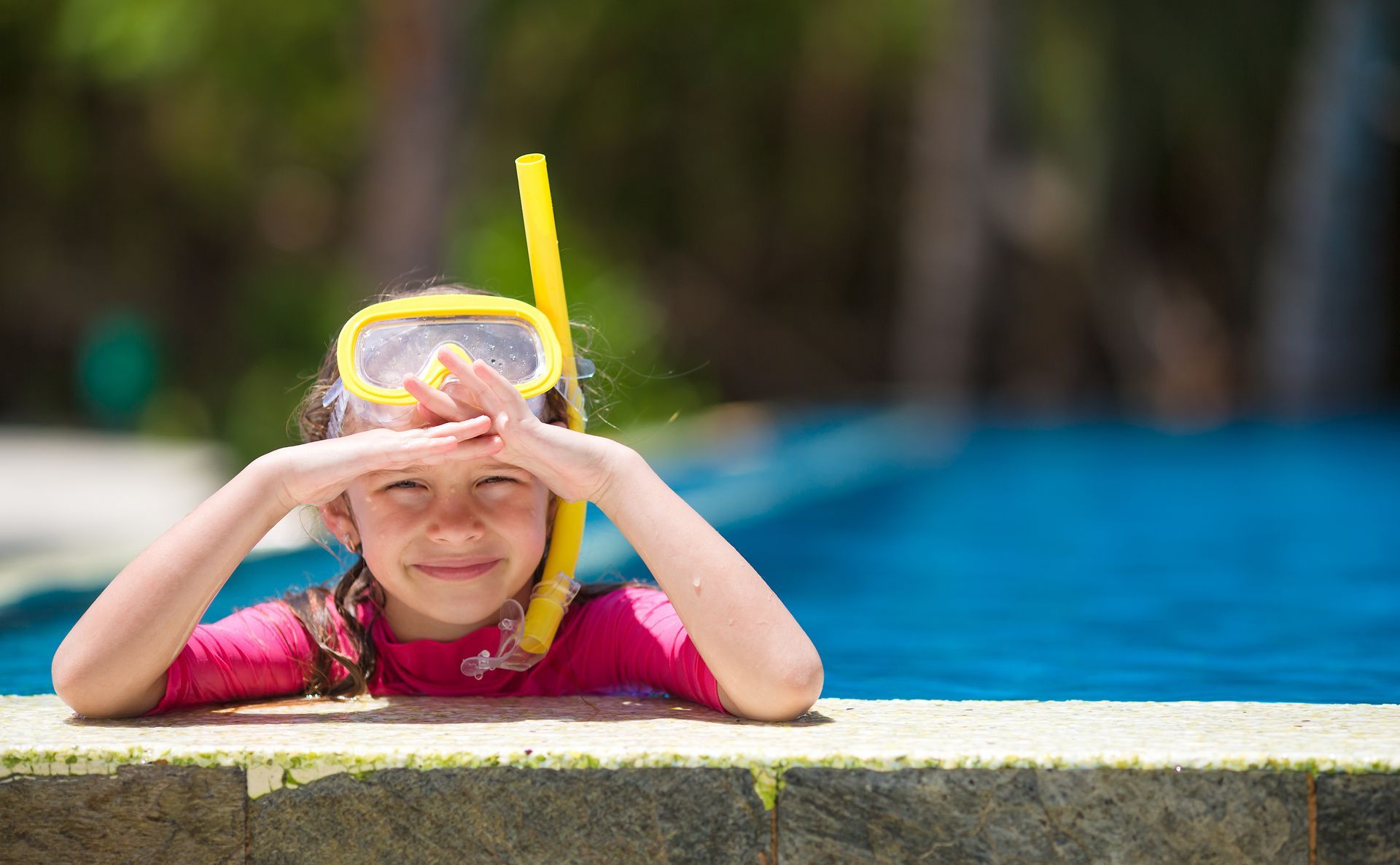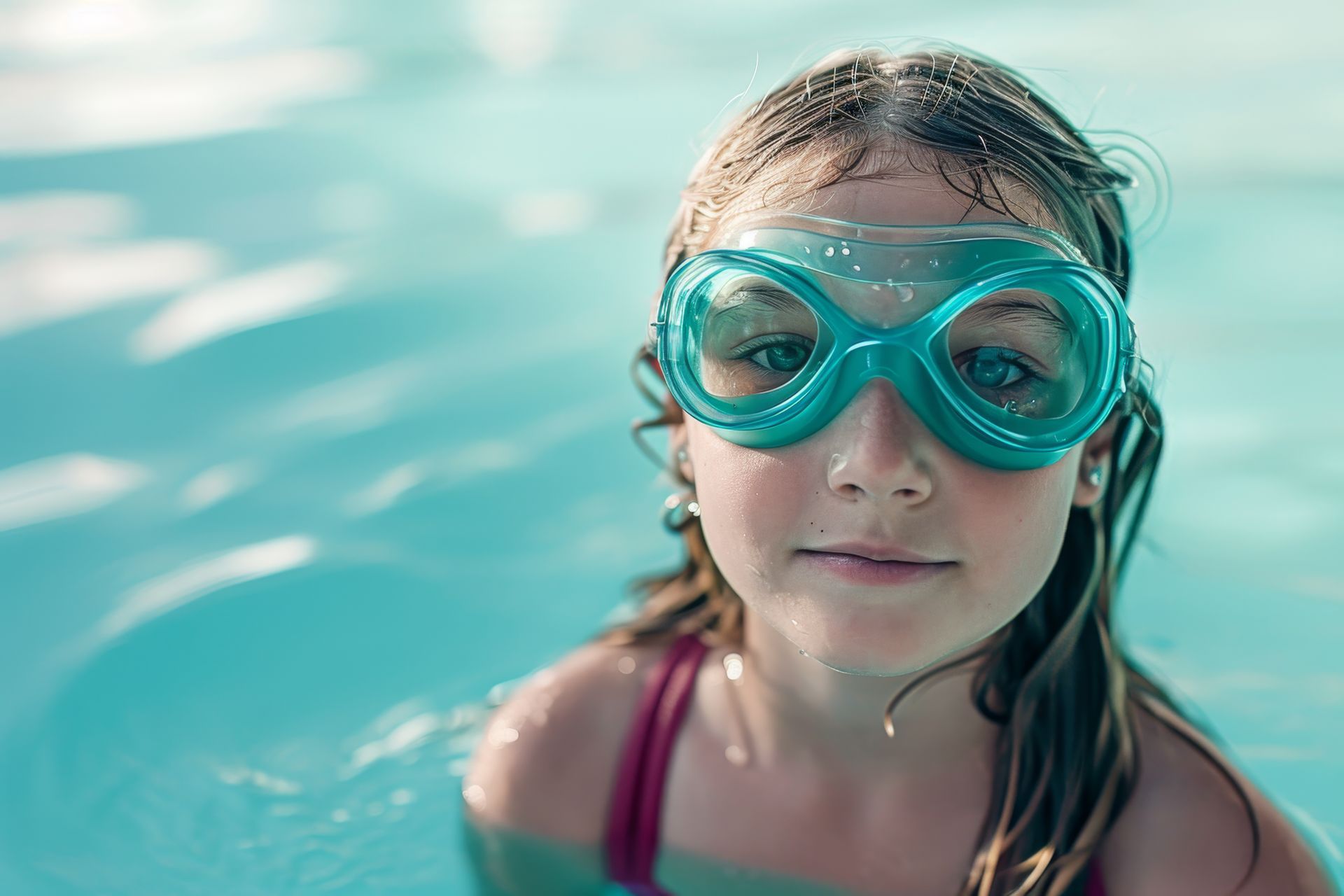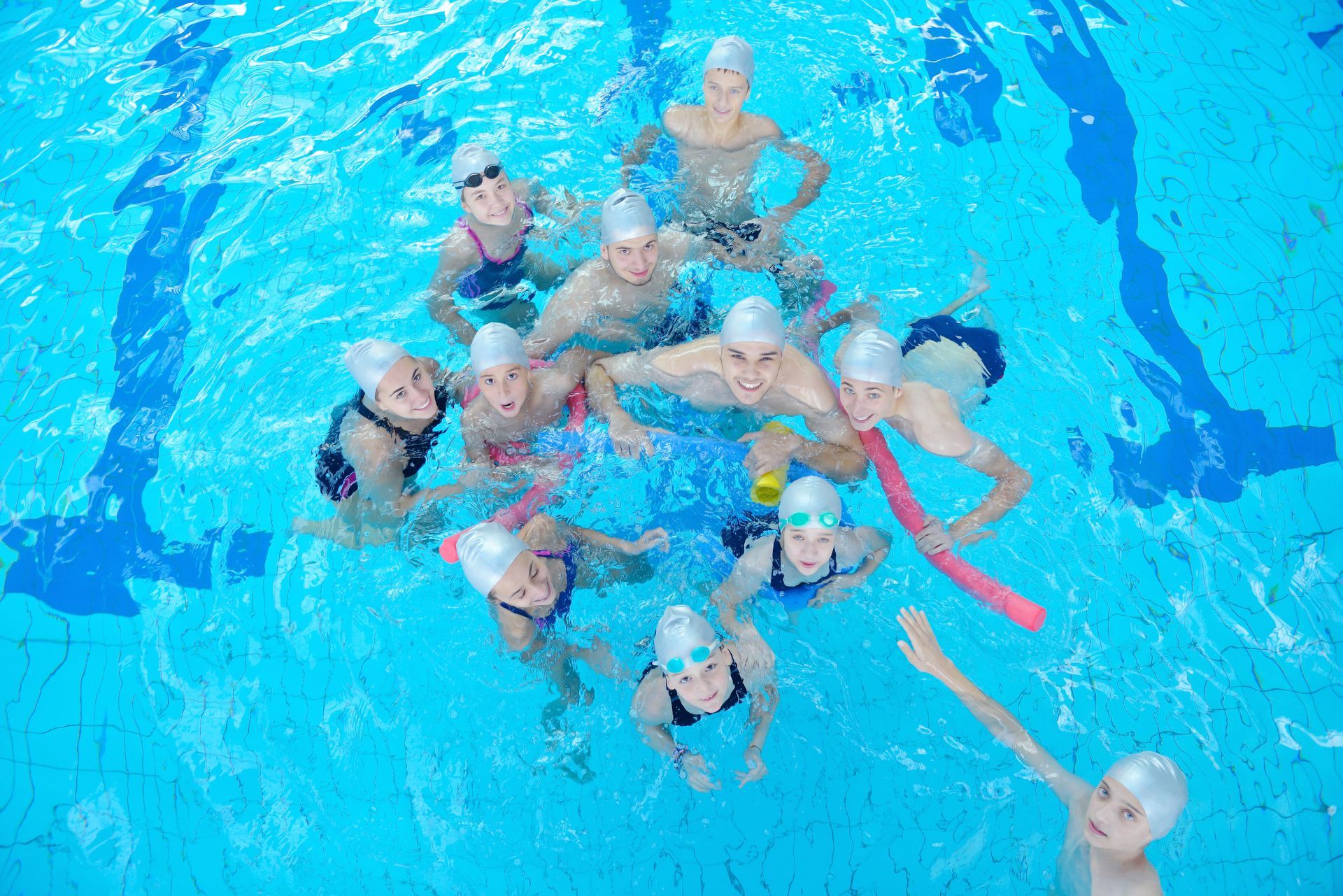Mastering Lake Safety: Essential Tips for Boating and Water Sports

The allure of a serene lake setting is undeniable. Vast stretches of water invite enthusiasts to partake in activities ranging from leisurely boat rides to adrenaline-fueled water sports. While these experiences promise relaxation and fun, a strong undercurrent of responsibility is essential for ensuring safety. Knowledge of proper safety measures is indispensable for safeguarding oneself and others when engaging in lake activities.
Embracing Life Jackets: The Non-Negotiable Safety Attire
Life jackets are the first line of defense against drowning. Regardless of swimming ability, wearing a life jacket is imperative for all participants in boating and water sports. A properly fitting life jacket will keep a person afloat and can save a life in the event of an unexpected fall into the water. It is not only wise but often required by law for all boat occupants to have access to a life jacket.
Understanding Boat Operation Safety: The Operator's Manual
Safe boat operation is a cornerstone of lake safety. Operators must understand their vessel inside and out, recognizing its limitations and how it responds in different water conditions. Knowledge of navigational rules, including right-of-way protocols, is equally crucial. Boaters should operate at safe speeds, especially in crowded areas, and maintain a vigilant lookout for other watercraft, swimmers, and obstacles.
Weather Watch: Respecting Nature's Power
Weather conditions can change rapidly, transforming a calm lake surface into dangerous waters. Prior to departure, it is essential to check the local weather forecast and remain vigilant for signs of changing weather. High winds and storms can create treacherous waves and pose a threat even to experienced boaters. If conditions deteriorate, heading to shore should be immediate.
The Hazards of Impairment: Avoiding Alcohol
Operating a boat requires undivided attention and sound judgment, much like driving a car. Alcohol impairs these faculties, increasing the risk of accidents. The responsible choice is for the boat operator and potential spotters for water sports to abstain from alcohol, ensuring they are capable of reacting quickly and appropriately to any situation that may arise.
Designated Lookout: Eyes on the Water
During water sports such as wakeboarding or water skiing, a designated lookout is essential. This individual's sole responsibility is to watch the person in the water, providing an immediate response if they fall or signal for help. Having a lookout is not just a safety measure but a necessity to facilitate effective communication between the rider, driver, and other vessels.
Staying Afloat: Safety Tips for Water Sports Enthusiasts
Water sports require specific safety considerations. Participants should always wear a life jacket designed for high-velocity water activities. Before starting, it’s important to agree on hand signals for communication with the boat driver and spotter. When a skier or rider falls, they should raise a hand to signal that they are okay or to attract attention if needed.
Safe Anchoring: Keeping Boats in Place
Anchoring is another aspect of boating that demands careful attention. A secure anchor ensures that boats remain stationary when desired, preventing drifting into unsafe areas or other boats. Understanding how to choose an anchorage, how to properly set and retrieve an anchor, and recognizing when it is holding firm are skills all boaters should possess.
Preparing for Emergencies: The Importance of a Plan
Emergencies on the water require a clear plan of action. Boaters should equip their vessel with emergency supplies including a first-aid kit, communication devices, and extra fuel. It is also essential to familiarize everyone on board with procedures for man-overboard situations, vessel evacuation, and emergency signaling.
Lake Etiquette: Sharing the Water Responsibly
Beyond safety protocols, respecting fellow lake users is part of responsible boating and water sports participation. This includes obeying speed limits, minimizing wake near the shoreline to prevent erosion, and keeping a respectful distance from other boats and swimmers. Proper etiquette ensures a safer and more enjoyable experience for everyone.
Enhancing Skills: The Value of Safety Courses
Boating and water sports safety courses are invaluable resources for novices and seasoned enthusiasts alike. These courses cover a range of topics, from basic safety measures to emergency response techniques. They provide an avenue for individuals to refine their skills and knowledge, promoting safety for themselves and others on the water.
Lakes offer a respite from the daily grind and a playground for various recreational activities. Respecting these natural bodies of water by adhering to safety guidelines is essential. Life jackets, understanding boat operation, monitoring weather, practicing sober boating, and diligent spotting are non-negotiable aspects of lake safety. By internalizing these practices and prioritizing preparedness and education, individuals ensure that their time on the water remains both enjoyable and safe. In the pursuit of aquatic leisure, safety stands as the unwavering captain, steering toward a secure and pleasurable outing on the lake.
Heading out to the lake should be an excursion filled with joy, not concern. Contact us today to equip yourself with the knowledge for a safe and enjoyable boating or water sports experience. From life jacket education to weather preparedness, anchoring techniques, and emergency action plans, our expert team is ready to guide you. We also offer comprehensive safety courses to hone your skills on the water.







